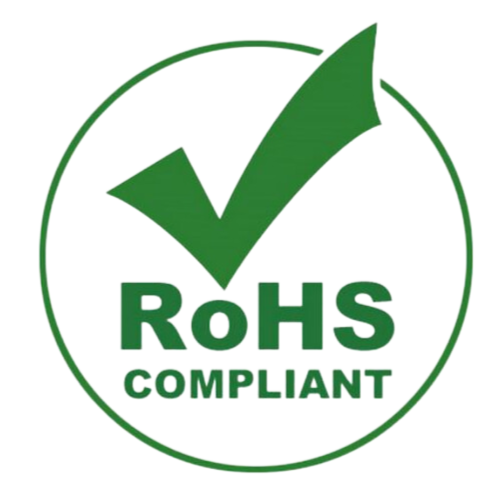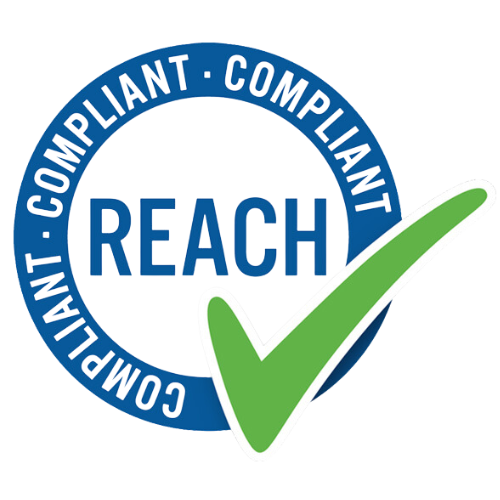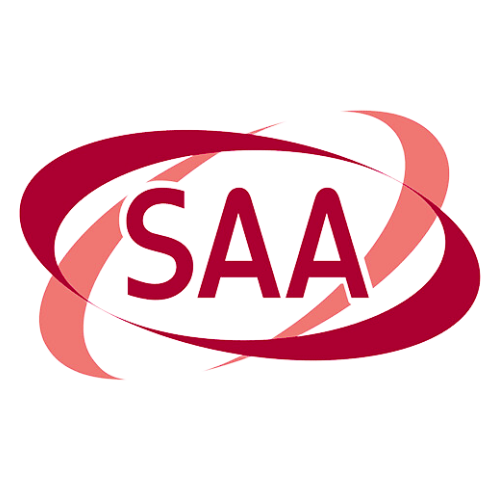Electronic product certifications are essential indicators that a product has met specific regulatory requirements and safety standards for various markets around the world. These certifications ensure that products are safe, reliable, and compliant with local laws, making them fit for sale and use in different regions. Certifications are crucial because they provide assurance to both manufacturers and consumers that a product has been rigorously tested and meets the necessary criteria for quality and safety.
Certification & Standards
Here At Ideal Power, Our Priority Is Ensuring All Products We Source Are Efficient And Reliable And Conform To All Certifications And Standards.
No matter what part of the world your company sells to, you can relax in the knowledge that we ensure all safety standards and applicable regulations have been adhered to.
We know that understanding the subtle differences between each standard, regulation, and directive can be daunting. As experts in power conversion, we have prepared a comprehensive overview of the certifications and standards that govern the manufacturing and distribution of power supplies in different territories.
Electronic Product Certifications
Safety Standards
The International Electrotechnical Commission (IEC) and the associated International Organisation for Standardisation (ISO) are the principal agencies responsible for electrical safety standards. Agencies in Europe, such as Verband der Elektrotechnik (VDE), Technischer Überwachungs-Verein (TUV) and British Standards Institution (BSI), provide certification in Europe, whilst similar bodies in Canada and North America, including Underwriters Laboratories (UL) and Canadian Standards Association (CSA).
Read More
Major Safety Agencies and Marks
America The 'UNDERWRITERS LABORATORIES' or 'UL' Mark
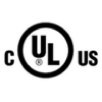
The UL Mark indicates that Underwriters Laboratories or an equivalent nationally recognised testing laboratory (NRTL) has tested and determined that a product meets UL-specified product safety requirements. This certification allows manufacturers to show their products as “UL Listed” using the familiar UL logo.
Australia RCM Tick Mark
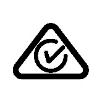
Australia has a national standards body, Standards Australia, covering many industry sectors, including electronic technology and Energy. This body embraces electrical/electronic equipment and appliances with relevant safety standards.
China CCC Mark
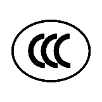
The CCC (China Compulsory Certificate) Mark indicates compliance with Chinese laws and regulations and is, as its name implies, compulsory for any product used for commercial purposes in China.
Europe & UK The 'CONFORMITÉ EUROPÉENNE' or 'CE' Mark
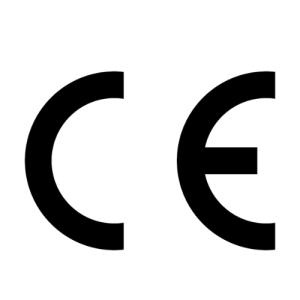
The CE Mark was introduced nearly 30 years ago for certain products sold within the European Economic Area to show conformity with legal requirements regarding relevant safety, health, and environmental rulings.
Germany TUV SUD
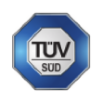
TÜV SÜD is a global provider of testing, inspection, and certification services based in Germany. It ensures that products and systems meet quality, safety, and performance standards, helping businesses comply with regulatory requirements and enhance market competitiveness.
India BIS (Bureau of Indian Standards)

BIS is India’s national standards body, responsible for setting and enforcing quality, safety, and reliability standards across various industries. It provides certification and testing to ensure products meet national and international standards.
Japan DENAN PSE Mark
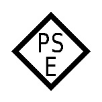
The PSE Mark shows compliance with Japan’s Electrical Appliance and Material Safety Law (DENAN) as applied to various classes of products and equipment.
Korea KCC Mark
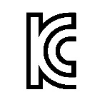
Korea’s KC Mark is administered by its Agency for Technology and Standards (KATS) to show compliance with mandated products under the Electrical Appliances and Materials Safety Control Law.
Regional Marks
Argentina S Mark
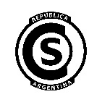
Product certification to IEC-based standards is mandatory in Argentina under the auspices of its standards body, IRAM, and conformance is indicated by the S Mark.
Australia SAA
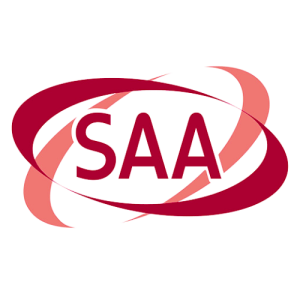
This is a mandatory requirement for electrical products sold in Australia, ensuring they meet the country’s stringent safety standards. This certification, governed by Standards Australia, confirms that a product complies with AS/NZS standards, making it safe for use in the Australian market.
Brazil INMETRO (National Institute of Metrology, Standardisation and Industrial Quality)
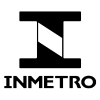
Certification ensures that products meet Brazilian safety and performance standards. It covers various products, including electronics, toys, and automotive components.
Canada CSA Mark

The Canadian Standards Association operates the CSA marking scheme alongside UL certification to identify products acceptable in Canada and/or the USA.
Europe ENEC Mark
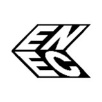
The ENEC Mark denotes compliance with the European Norm (EN) standards for all electrical product sectors.
Germany TÜV RHEINLAND

The TÜV Rheinland Group is a leading provider of technical services worldwide. It is primarily concerned with safety and quality and operates product testing services that cover Inspection and Certification, with test marks, across various markets, including electronic components.
Germany/EU GS Mark and DIN Mark
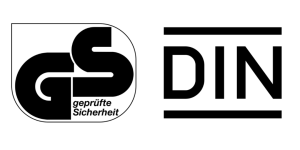
Germany’s TUV standards agency operates the GS Mark to show conformity with Germany’s Equipment and Product Safety Act. The GS Mark assures commercial buyers and consumers the product has been tested by an authorised institution such as TUV Rheinland.
Germany VDE Mark
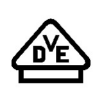
The VDE Testing and Certification Institute is another German-based independent testing organisation for electric and electronic products. The VDE Mark indicates conformity with the VDE standards.
Malaysia Suruhanjaya Tenaga (ST) and SIRIM
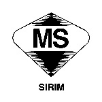
A statutory body established under the Energy Commission Act 2001, Suruhanjaya Tenaga (ST) is responsible for regulating the energy sector in Peninsular Malaysia
Mexico NOM Mark
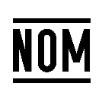
The NOM Mark identifies compliance with Mexico’s “Normas Oficiales Mexicanas” (NOM) safety standards for household electrical appliances.
Norway Nemko Mark
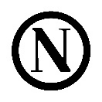
Nemko is an organisation that offers product safety testing and certification to worldwide standards.
Russia EAC Mark
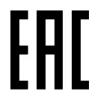
The Eurasian Conformity (EAC) mark has replaced the previous GOST-R and PCT national certification standards and marks. This mark indicates products that meet all the technical requirements of the Eurasian Customs Union.
Singapore PSB ‘SAFETY’ Mark
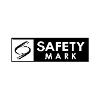
Singapore’s safety authority, the Productivity and Standards Board.
Taiwan BSMI Mark
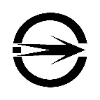
The BSMI (Bureau of Standards, Metrology and Inspection) Certification is Taiwan’s approval scheme for ITE and audio/ video products.
UK BSI Kitemark
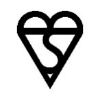
The British Standards Institution (BSI) was the world’s first national standards body and is a leading global standards maker. BSI is also the UK’s National Standards Body, representing UK interests worldwide.
The UK Conformity Assessment or 'UKCA' Mark

UKCA marking is recognised in Great Britain alongside the CE marking. This means businesses can use either the UKCA mark or the CE mark for products sold in Great Britain, providing more flexibility and reducing the regulatory burden. Please visit the Government website for more informtion.
EMC
America FCC (Federal Communications Commission)

This certification is mandatory for electronic devices that emit radiofrequency energy. It ensures compliance with regulations to prevent harmful interference with communication signals.
Process and Management systems
ISO 9001:2015

This standard is related to Quality Management Systems (QMS). It sets out the criteria for a QMS.
This is used by organisations to demonstrate their ability to consistently provide products and services that meet customer and regulatory requirements, while also aiming for continuous improvement.
ISO 13485:2016

This standard is specific to Quality Management Systems (QMS) in the medical device industry.
It outlines the requirements for organizations involved in the design, production, installation, and servicing of medical devices, ensuring they meet both customer and regulatory requirements for safety and effectiveness.
ISO 14001:2015

This standard is related to Environmental Management Systems (EMS).
It provides a framework that organizations can follow to improve their environmental performance through more efficient use of resources and reduction of waste, ensuring they meet environmental responsibilities and comply with regulations.
Safety Standards
Purpose: Ensure that electronic products are safe to use, minimising risks such as electrical shocks, fire hazards, and other dangers.
62368-1: Audio/Video, Information, and Communication Technology Equipment
Is the latest safety standard, replacing 60065 and 60950-1, governing audio-visual and ICT equipment in North America and the EU. It introduces Hazard-Based Safety Engineering (HBSE) principles, allowing greater design flexibility while ensuring user safety. This standard addresses potential hazards, such as energy sources that could cause harm, and finds ways to prevent such risks. It aims to support new technologies without frequent amendments and harmonises regional safety requirements.
60601-1: Safety of Medical Electrical Equipment
This standard covers medical electrical equipment’s safety and essential performance, including devices used in surgeries, monitoring, and hospital environments. It demands higher insulation levels, isolation, creepage, clearance, and leakage current protection than general electronic equipment standards. It has undergone several revisions, with the 3rd edition focusing on different “means of protection” (MOP) for patients and operators. The latest update, IEC 60601-1-2 (4th edition), addresses electromagnetic disturbances in medical devices.
61010-1: Safety Requirements for Electrical Equipment for Measurement, Control, and Laboratory Use
This standard applies to electrical equipment used in measurement, control, and laboratory environments, including medical laboratories. It covers equipment that operates near medical devices but does not come into direct contact with patients. IEC 61010-1 focuses on the safety of these devices by addressing potential risks such as electric shock, fire, mechanical hazards, and environmental conditions.
61347-1: Requirements for lamp control gear used in lighting systems.
It covers safety and performance criteria for control gear, including ballasts, electronic transformers, and LED drivers. The standard ensures these components are safe and reliable, addressing potential risks such as electric shock and fire hazards.
The standard specifies electrical and mechanical requirements, including testing procedures to verify compliance. By adhering to IEC 61347-1, manufacturers ensure their control gear meets international safety standards and performs effectively in various lighting applications. There is also:
- 61347-2-2: Requirements for control gear for LED modules. As LED technology is widely used in various electrical applications, this standard is crucial for ensuring the safety and performance of LED-specific control gear.
- 61347-2-7: Requirements for control gear for emergency lighting. This standard is relevant for control gear used in emergency lighting systems and is critical in ensuring safety during power outages.
Electromagnetic Compatibility (EMC) Standards
Purpose: Regulate the electromagnetic emissions from electronic devices to prevent interference with other devices and ensure that products can operate reliably in their intended environments.
EN 55011
Covers the limits and measurement methods for the electromagnetic emissions of industrial, scientific, and medical (ISM) radio-frequency equipment. It ensures that such equipment does not emit excessive electromagnetic interference (EMI) that could disrupt other electronic devices or communication systems. This standard is crucial for maintaining a controlled electromagnetic environment in various industrial and scientific applications.
EN 55013
This standard specifies the requirements for broadcast receivers and associated equipment. It aims to limit the electromagnetic emissions from these devices to prevent interference with other radio communications and electronic equipment. It applies to television and radio receivers, ensuring they meet performance criteria that minimise their impact on other devices.
EN 55014
This standard addresses the requirements for household appliances, electric tools, and similar apparatus. It limits the electromagnetic emissions from these products to ensure they do not interfere with other electronic equipment. The standard is divided into parts, each focusing on different types of equipment, including appliances for domestic use, garden equipment, and power tools.
EN 55015
Deals with the limits and measurement methods for electromagnetic emissions from electrical lighting and similar equipment. It ensures that lighting devices, including LED and other electrical lighting, do not emit excessive electromagnetic interference that could affect other devices or communications systems.
EN 55032
This standard specifies the requirements for multimedia equipment, including information technology and audio/video equipment. It outlines the limits and measurement methods for electromagnetic emissions to ensure these devices do not interfere with other electronic equipment and communications systems.
It aims to maintain a controlled electromagnetic environment by setting emission limits that prevent the disturbance of other devices and systems.
EN 61000-6-3 / EN 61000-6-4
These standards are part of the EMC standards family that addresses generic emissions and immunity requirements for different environments. EN 61000-6-3 applies to residential, commercial, and light-industrial environments, specifying limits for electromagnetic emissions. EN 61000-6-4 covers industrial environments, setting requirements for electromagnetic emissions from industrial equipment to prevent interference with other devices and systems.
IEC 60601-1-2 - Medical
Governs the safety and performance of medical equipment and systems in electromagnetic environments. It ensures that medical devices operate safely and effectively, even in the presence of electromagnetic disturbances, and provides guidelines for minimising interference and ensuring reliable performance.
FCC Part 15 Class A, EN 61000-6-4 (generic), EN 61000-6-2 (generic) Industrial
These standards provide general guidelines for managing electromagnetic emissions and immunity in industrial settings. They cover devices used in commercial, industrial, or business environments, addressing intentional and incidental radiations to ensure equipment operates within acceptable limits.
FCC Part 15 Class B, EN 61000-6-3 (generic), EN 61000-6-1 (generic) - Commercial
These standards establish the immunity requirements for electrical and electronic equipment used in commercial, public, light-industrial, or residential environments. They ensure that devices are protected against interference and can operate reliably in various public and private settings.
Environmental Compliance
Purpose: Ensure electronic products meet environmental protection criteria, including restricting hazardous substances and energy efficiency requirements.
RoHS (Restriction of Hazardous Substances)
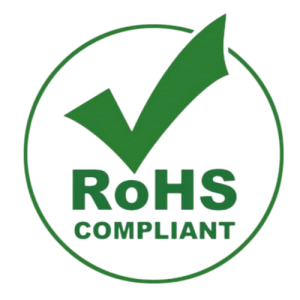
This standard limits the use of specific hazardous materials in electronic products. Restricting substances like lead, mercury, and cadmium in electronics minimises environmental and health risks, ensuring safer and more sustainable products.
REACH
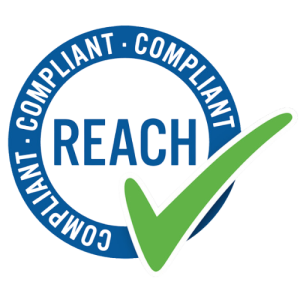
The European Union regulates the manufacture and use of chemical substances. It requires companies to register chemicals, assess their risks, and ensure safe use throughout their lifecycle. The goal is to improve protection for human health and the environment from hazardous chemicals.
For more information, visit the European Chemicals Agency website.
WEEE (Waste Electrical and Electronic Equipment)
Governs the recycling and disposal of electronic waste. It establishes requirements for collecting, treating, and recycling electronic products to reduce their environmental impact and promote the recovery of valuable materials.
Quality and Reliability Standards
Purpose: Define criteria for electronic products’ performance, durability, and reliability over their lifecycle.
ISO 9001
Is a standard for quality management systems that ensures organisations consistently meet customer and regulatory requirements. It focuses on continuous improvement and customer satisfaction by establishing robust processes for managing and improving quality across all business operations.
Performance Standards
Purpose: Set benchmarks for the functionality and performance of electronic products, ensuring they meet specific operational criteria.
BS EN 50563:2011+A1:2013
This standard specifies how to measure the no-load power consumption and average efficiency of external power supplies operating on AC/DC or AC/AC inputs. It helps ensure that power supplies meet energy efficiency requirements by providing clear methods for testing their performance in active modes.
EN 50564:2011
Specifies methods for measuring the low power consumption of electrical and electronic household and office equipment. This standard ensures accurate assessment of device energy use to promote energy efficiency and reduce overall power consumption.
(EU) 2019/1782
This regulation updates the Ecodesign requirements for external power supplies. It sets new standards for energy efficiency, including limits on no-load power consumption and minimum efficiency requirements during active modes. This regulation aims to reduce energy consumption and environmental impact by ensuring power supplies are more efficient and environmentally friendly.
10 CFR Part 430
The regulation outlines the energy conservation standards and test procedures for various consumer products, including power supplies. It specifies performance and design requirements to ensure energy efficiency. The regulation also details the process for requesting waivers from the Department of Energy (DOE) regarding test procedures and lab requirements for specific product types.
FAQs
How do power supply regulations affect me?
To sell electronic products, various safety and efficiency standards across the world must be met. These may vary from country to country. These standards are defined and administered by national and international agencies and enforced as a recognised regulation through government bodies. Standards and regulations exist to ensure that products are safe and efficient, resulting in safer products free from defective design.
Failure to demonstrate that you have met the prescribed standard can lead to serious legal ramifications, as with any regulation.
How do I ensure my product meets the relevant standards?
To ensure components or products you are obtaining meet all relevant standards and approvals, you should check that your product not only carries a certified mark but that all the appropriate approvals and tests have been carried out.
For example, a manufacturer may apply the CE certification mark to a power supply, but they could have only carried out an EMC test. However, a CE certification mark should only be applied when the power supply has passed the EMC & LVD tests and met RoHS approval.
At Ideal Power, we constantly work to keep up to date with the latest industry standards and are meticulous in our approach. So, you can rest assured that the components we source meet current regulations and standards for the intended application, whether an external power supply to be used with a telephone in the US or a LED driver in Europe.


